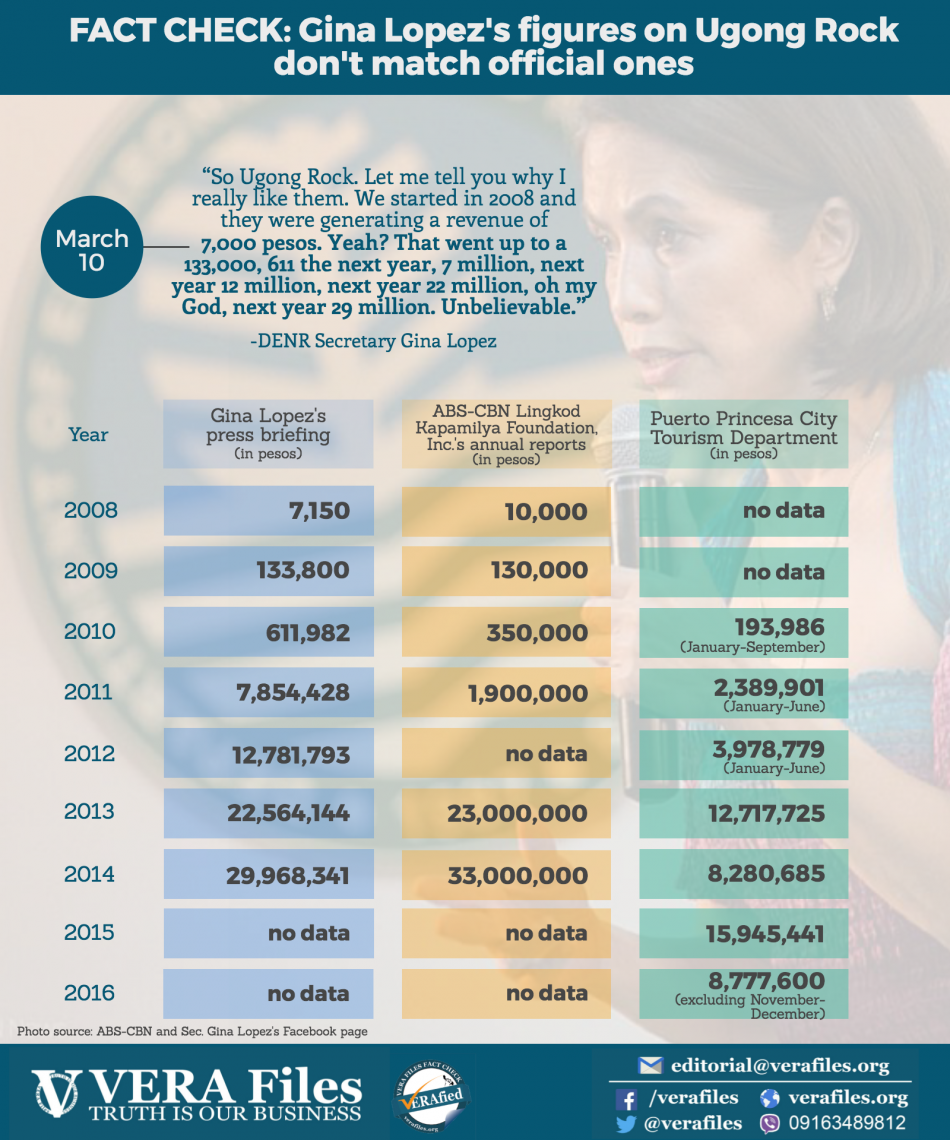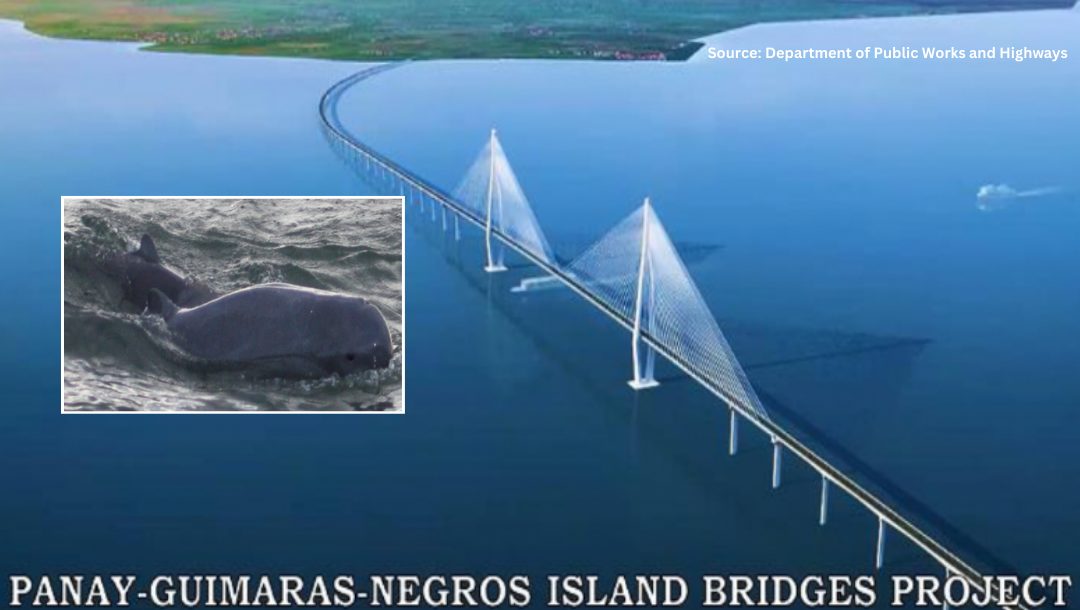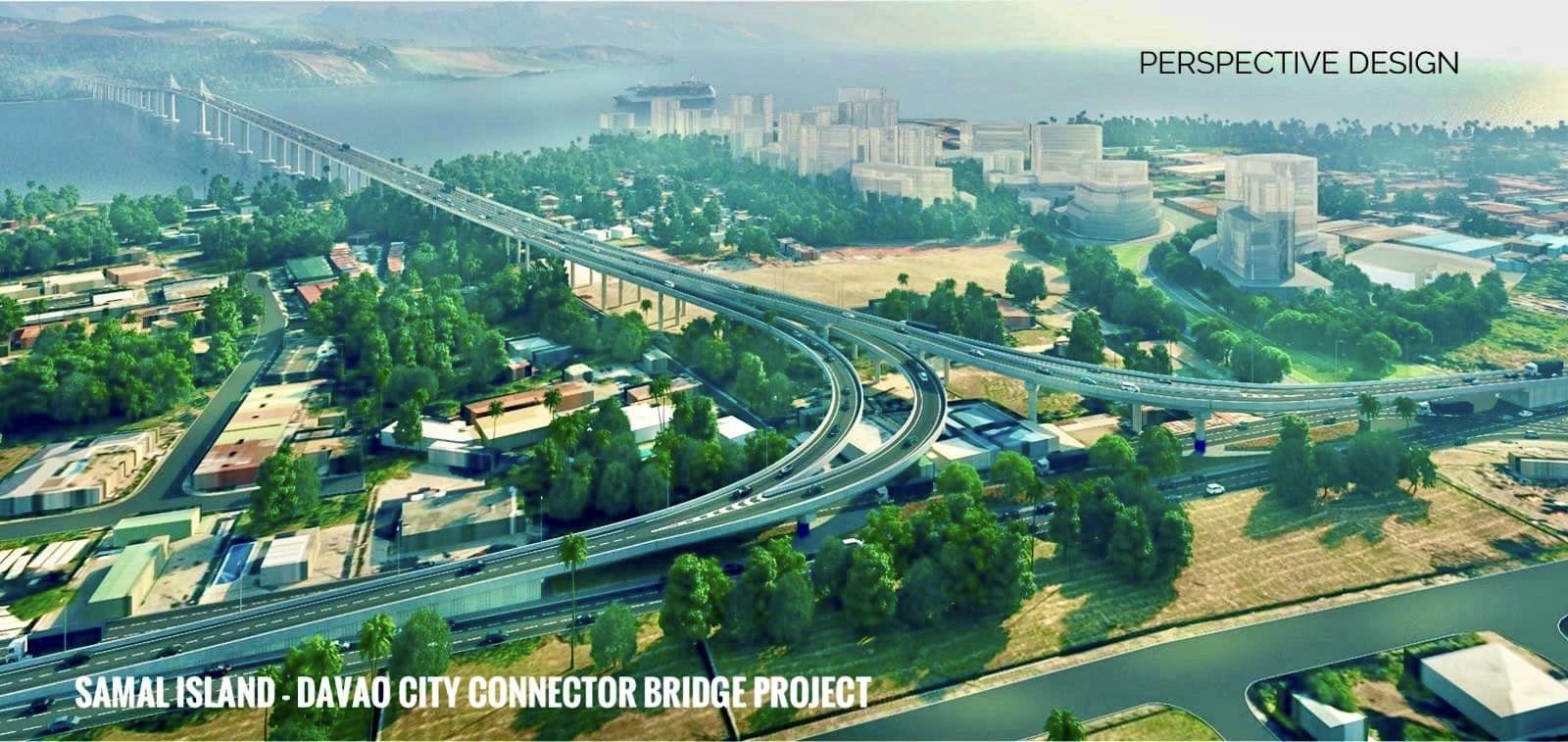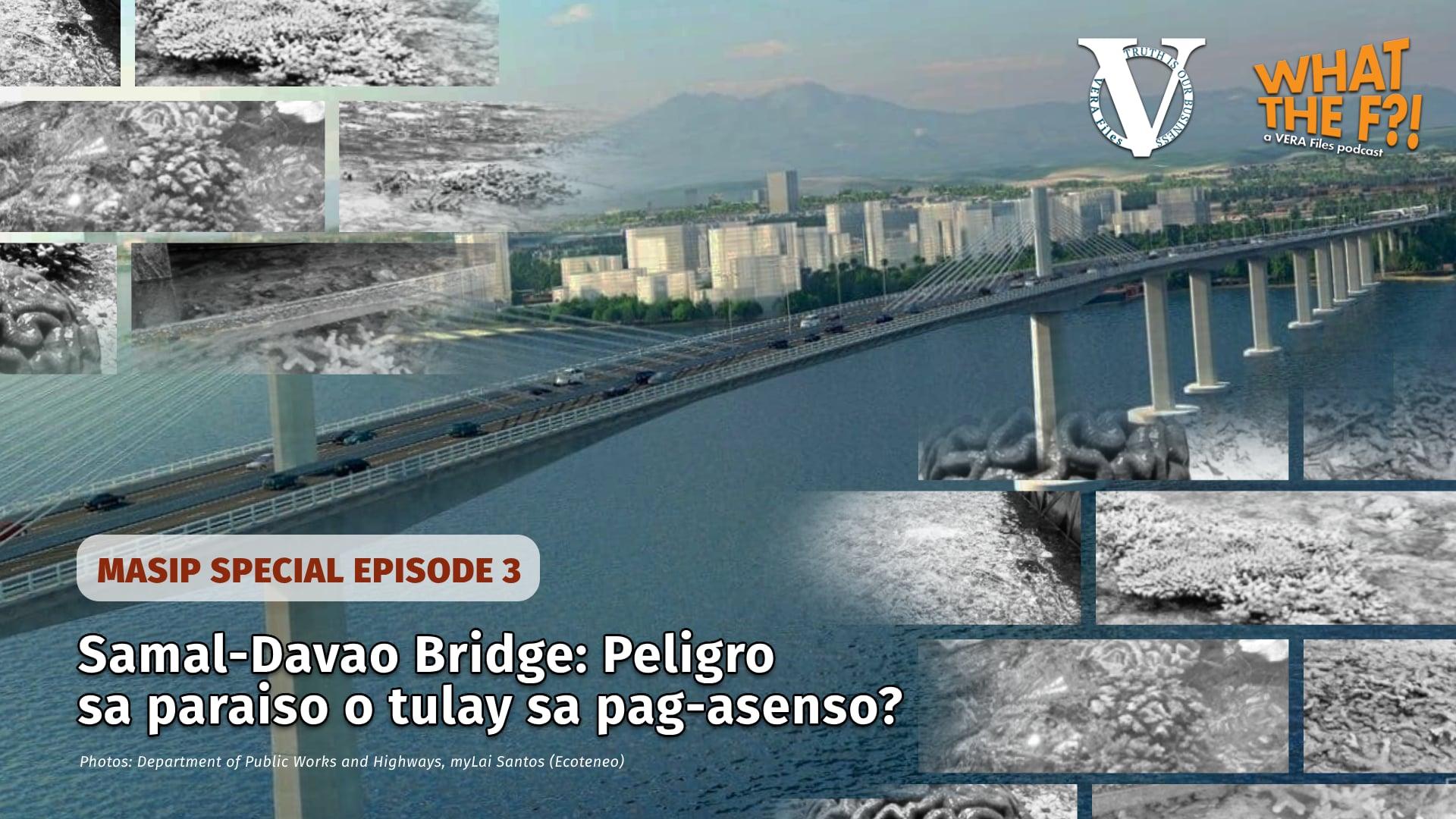Two regional agencies in Davao – the departments of environment and public works – have claimed that the construction of the 3.98-kilometer Samal Island-Davao City Connector (SIDC) Bridge will not extensively damage the coral reefs along Pakiputan Strait.
This is false, according to environmentalists who have repeatedly refuted the claim that the project will not harm the coral reefs.
The Samal Island landing site lies directly above a huge swath of the 7,500-square meter area that forms the coral reef ecosystem.
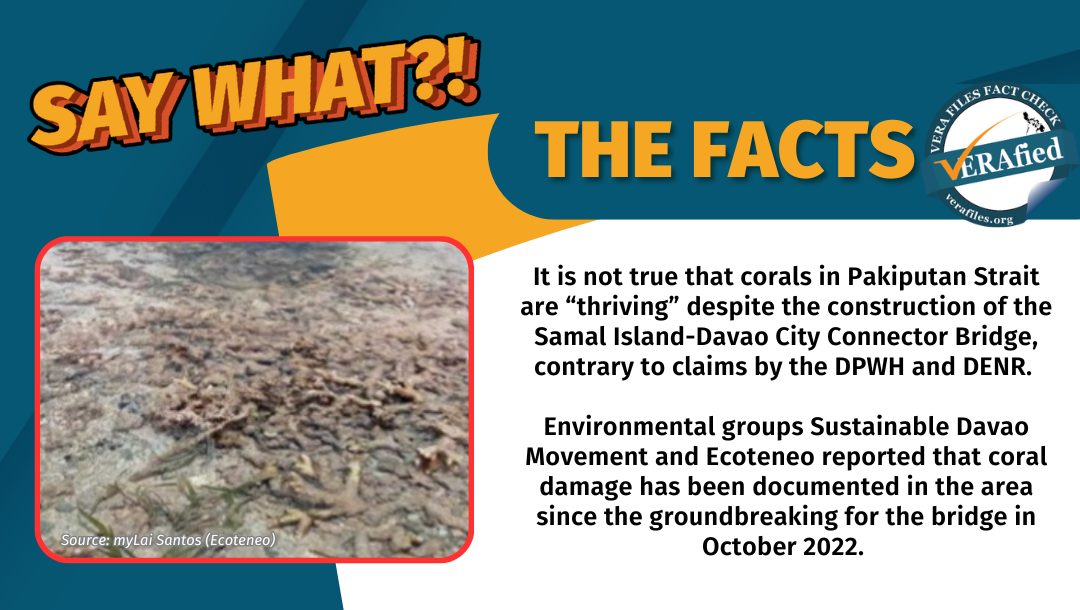
The Davao-based environmental group Sustainable Davao Movement (SDM), which periodically conducts assessment of the reefs’ condition, said damage began to show two years ago after the groundbreaking for the project.
Environmentalists and marine experts have been opposing the location of the bridge’s landing site in the popular tourist destination, arguing it would lead to the destruction of the centuries-old reefs and threaten the livelihood of fisherfolks in the area.
Ready with mitigation measures
In separate press conferences, regional officials of the Department of Environment and Natural Resources (DENR) and the Department of Public Works and Highways (DPWH) claimed construction of the China-funded P23-billion bridge will not affect the coral reefs.
Rodrigo Delos Reyes, DPWH Region 11 project director, told newsmen in a June 10 news conference that they were “not yet in a situation” where corals have been destroyed due to the construction of the multibillion-peso bridge, mostly funded (84%) by a loan from China.
He added that in case there should be damage, the agency was ready to provide mitigation measures, including the installation of dust curtains and placing artificial coral reefs.
SDM immediately countered the claim, through a post on its Facebook page, citing that in December 2022, two months after the groundbreaking of the bridge, soil samples from drillings conducted by marine experts showed turbidity, siltation and sedimentation along Paradise Reef, a wide area where fish and other marine species spawn or lay eggs.
Ecoteneo, a public interest and advocacy group based at the Ateneo De Davao University and a member of SDM, said “centennial” table corals in a 63-square meter area within the Strait have already been destroyed after construction went into full swing last May.
Coral conditions ‘poor’
DENR Region 11 held a separate news briefing on July 16, where Regional Director Mercedes Dumagan cited studies that assessed minimal damage to corals to justify a claim that the corals were “thriving.”
She further asserted that the conditions of the corals in the area were “poor” to begin with, based on the Environmental Impact Assessment (EIA) study that was used in selecting areas for the bridge’s take-off and landing sites.
“From the very start, we have been saying that the conditions of the corals are poor,” Dumagan told the media.
SDM countered these claims based on its own assessments, citing four pre-construction activities between October 2023 and February 2024, which resulted in coral damage.
Among the activities were soil sample drilling and the construction of a pier/wharf that serves as base of construction in two areas, including the landing site in Costa Marina Resort, owned by the Lucas-Rodriguez family. The clan is among the parties calling for a realignment of the bridge to protect the coral reefs.
Further, the group referred to the studies of marine experts, Dr. Filipina Sotto and Dr. John Michael Lacson, which showed the characteristics of coral life between good to excellent, and thus the impact of construction would lead to irreparable damage.
Another point raised by SDM is the complexity and restoration process of table corals (corals that form broad horizontal surfaces), which DPWH said may be addressed by replacing these with artificial reefs.
The environmental advocates said coral restoration is costly, estimated at P22,281 per square meter, adding that it will take hundreds of years to rebuild a healthy coral ecosystem, if restored or rehabilitated in time.
This story was produced with support of the Internews Earth Journalism Network.


